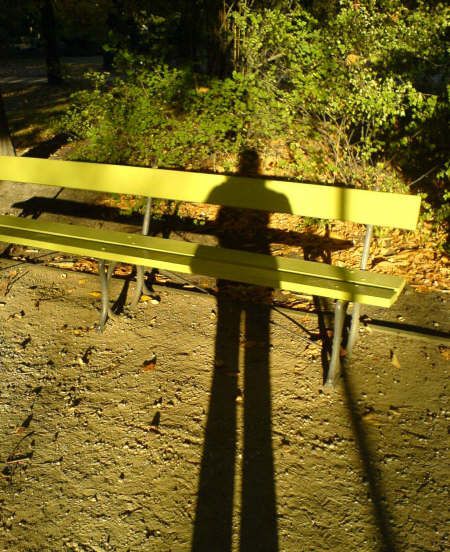宇航员睡眠需求的临界数据
|
In the first study of its kind, a team of researchers led by faculty at the Perelman School of Medicine at the University of Pennsylvania and the Baylor College of Medicine, has analyzed data on the impact of prolonged operational confinement(限制,监禁) on sleep, performance, and mood in astronauts from a groundbreaking international effort to simulate a 520-day space mission to Mars. The findings, published online-first in the Proceedings of the National Academy of Sciences, revealed alterations of life-sustaining sleep patterns and neurobehavioral consequences for crew members that must be addressed for successful adaption to prolonged space missions. "The success of human interplanetary spaceflight, which is anticipated to be in this century, will depend on the ability of astronauts to remain confined and isolated from Earth much longer than previous missions or simulations," said David F. Dinges, PhD, professor and chief, Division of Sleep and Chronobiology in the Department of Psychiatry at the Perelman School of Medicine, and co-lead author of the new study. "This is the first investigation to pinpoint the crucial role that sleep-wake cycles will play in extended space missions." The 520-day simulation, which was developed by the Institute for Biomedical Problems (IBMP) of the Russian Academy of Sciences, and sponsored in part by the European Space Agency (ESA), was initiated on June 3, 2010 when the hatches were closed on a 550-cubic-meter IBMP spacecraft-like confinement facility in Russia. The simulated mission, involving an international, six-man team of volunteers, involved more than 90 experiments and realistic scenarios to gather valuable psychological and medical data on the effects of a long-term deep space flight. The 520-day mission was broken into three phases: 250 days for the trip to Mars, 30 days on the surface, and 240 days for the return to Earth. As the only U.S. research team involved with the Mars 520-day simulation, the study authors monitored the crew's rest-activity patterns, and performance and psychological responses to determine the extent to which sleep loss, fatigue, stress, mood changes and conflicts occurred during the mission. Measurements included continuous recordings of body movements using wrist actigraphy (a noninvasive means of estimating sleep and movement intensity), and light exposure and weekly computer-based neurobehavioral assessments to identify changes in the crew's activity levels, sleep quantity and quality, sleep-wake intervals, alertness performance, and workload throughout the 17 months of mission confinement. Data from the actigraph(活动变化记录仪) devices revealed that crew sedentariness(久坐,定居) increased across the mission, as illustrated by decreased waking movement and increased sleep and rest times. The majority of crewmembers also experienced one or more disturbances of sleep quality, alertness deficits, or altered sleep-wake intervals and timing, suggesting inadequate circadian(生理节奏的) synchronization. "Taken together, these measurements point to the need to identify markers of differential vulnerability to abnormal decrease in muscular movement and sleep- wake changes in crew members during the prolonged isolation of exploration spaceflight and the need to ensure maintenance of the Earth's natural circadian rhythm, sleep quantity and quality, and optimal activity levels during exploration missions," said Mathias Basner, MD, PhD, MSc, assistant professor of Sleep and Chronobiology in Psychiatry at Penn and co-lead author. The research team concludes that successful adaptation to such missions will require crews to transit in spacecraft and live in surface habitats that artificially mimic aspects of Earth's sleep-wake activity cycles, such as appropriately timed light exposure, food intake, and exercise. This dynamic will be necessary to maintain neurocognition and human behavior throughout the flight. |








